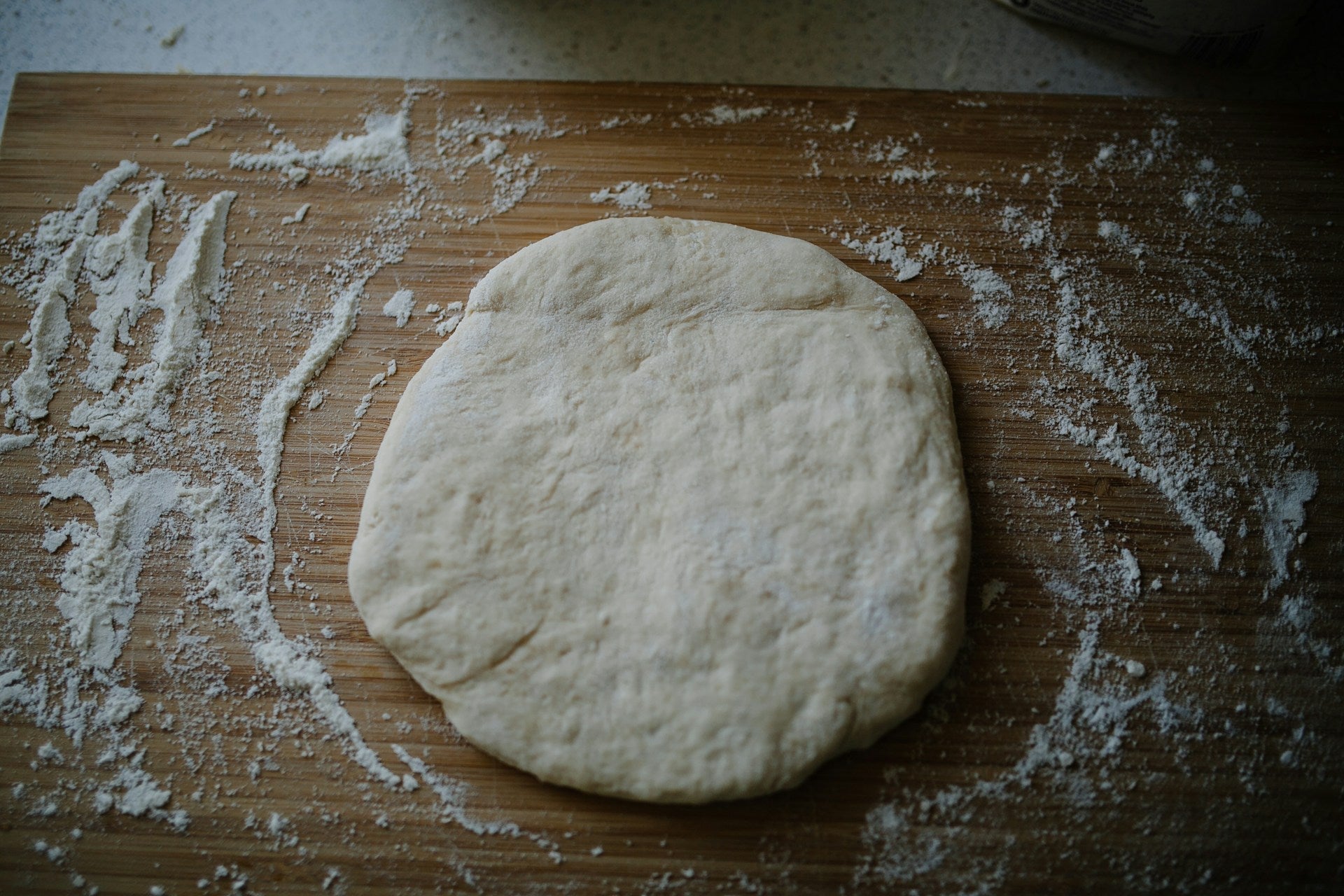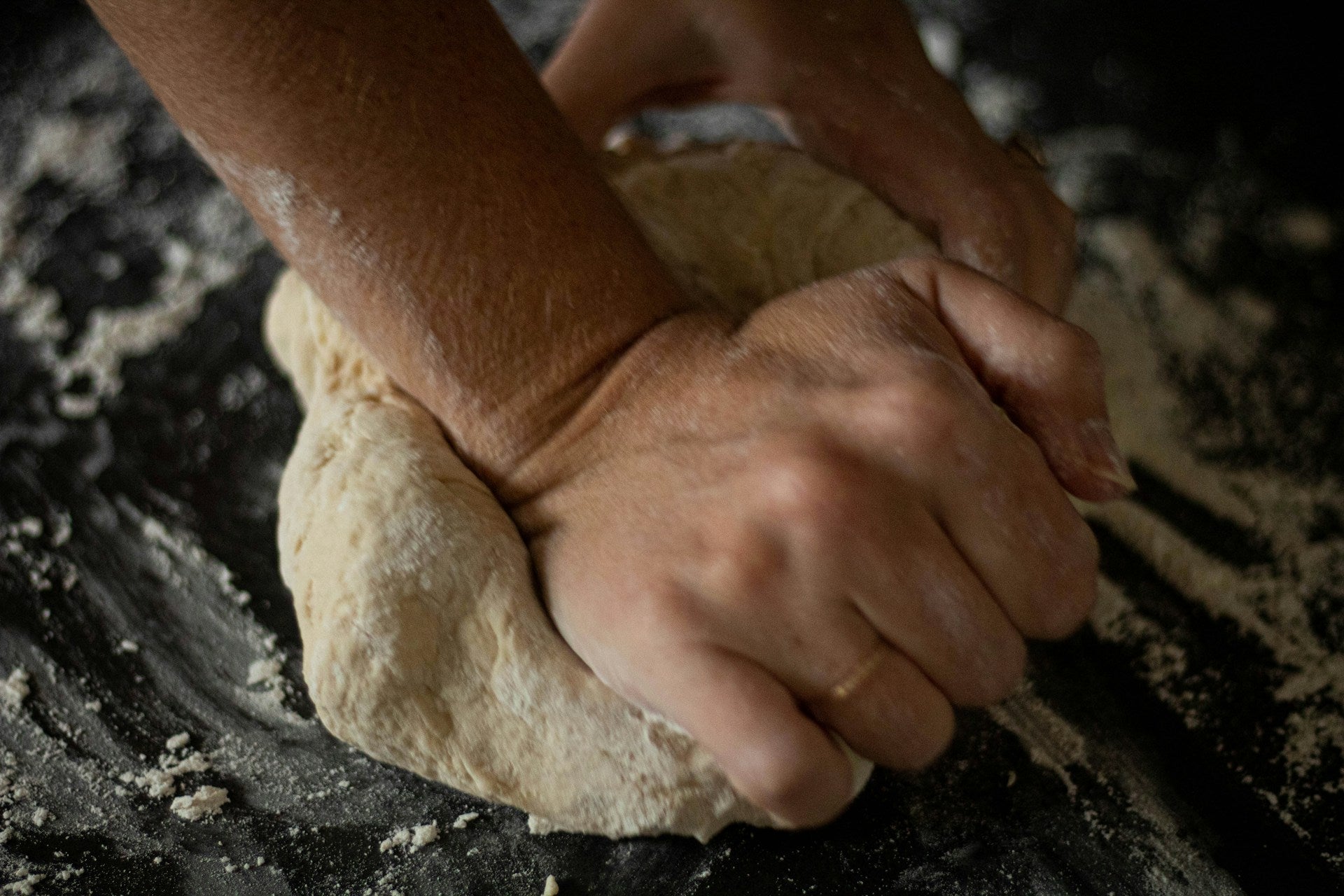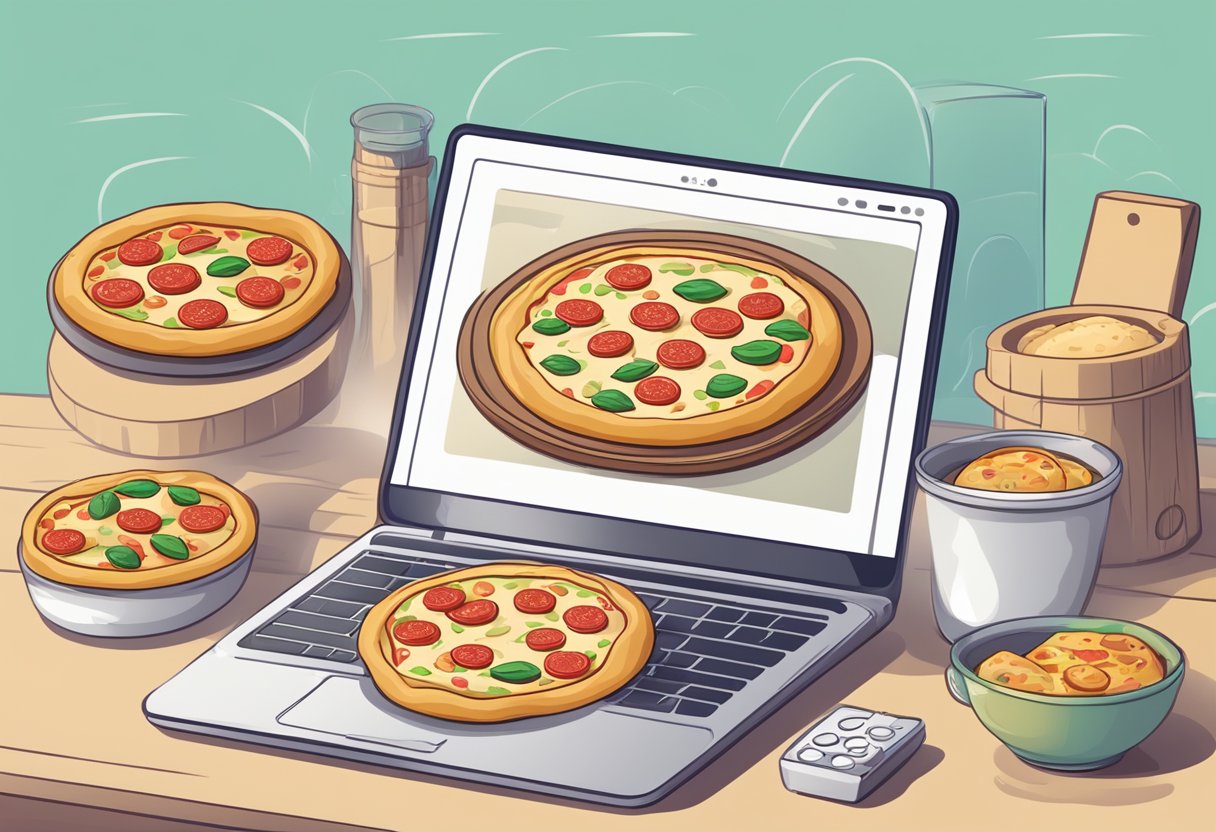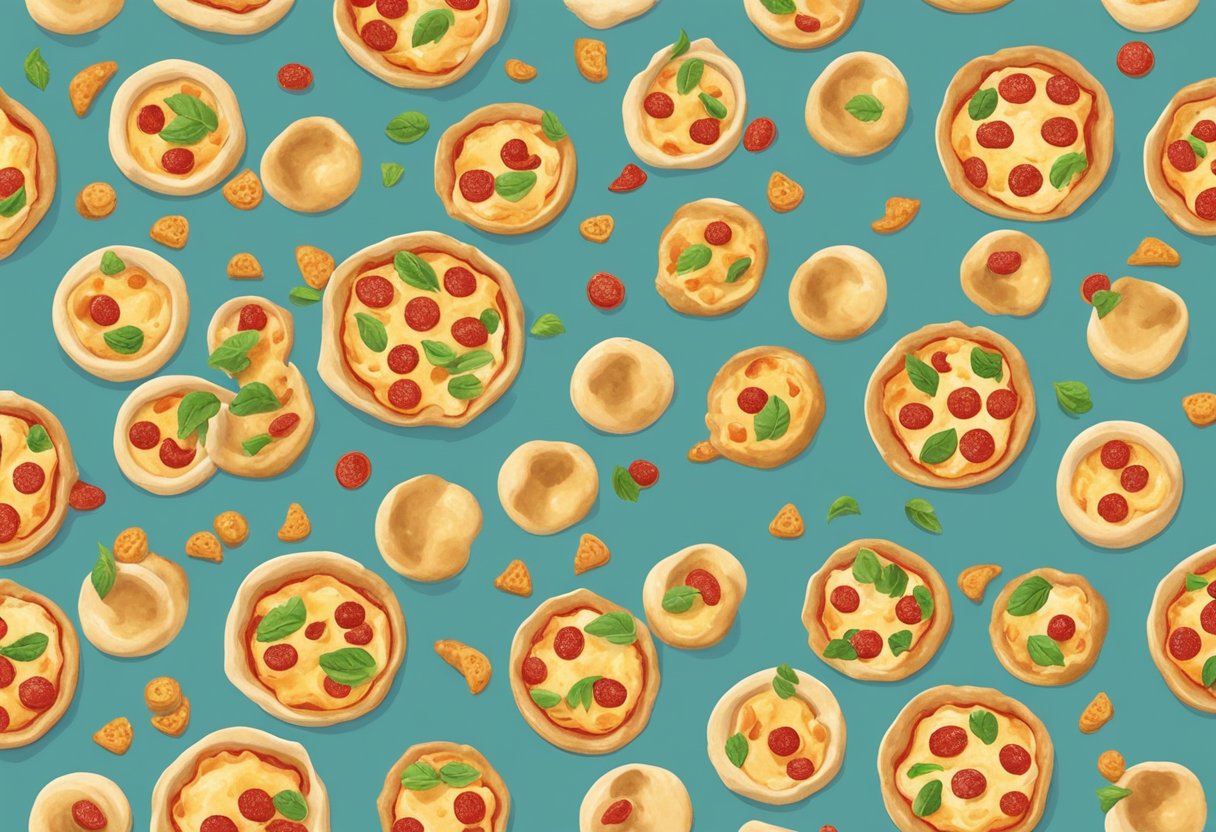
Why Does My Pizza Dough Tear? Understanding Common Issues and Solutions
When making pizza at home, experiencing torn dough can be frustrating. Understanding the reasons behind this issue is essential for achieving the perfect crust. Your pizza dough may tear due to factors such as insufficient hydration, over- or under-proofing, or a lack of gluten development.
Using high-quality dough, like that from Prepa Pizza, can greatly reduce such problems. The quality of ingredients plays a critical role in creating a dough that is both stretchy and strong. By selecting premium products, you can set yourself up for success and delight in a beautifully crafted pizza.
In this article, we'll explore the common causes of dough tearing, providing you with practical solutions to enhance your pizza-making experience. Whether you're a novice or an experienced cook, these insights will help you troubleshoot and improve your technique.
Understanding Pizza Dough
To create a successful pizza dough, you need to understand the essential ingredients and how they work together. Each component plays a crucial role in the dough’s structure and texture, affecting its performance, especially when handling and stretching.
Ingredients and Their Roles
The primary ingredients in pizza dough include flour, water, yeast, olive oil, and kosher salt.
- Flour: The backbone of your dough, it provides gluten, which gives the structure and chewiness. A high-protein flour is ideal.
- Water: Hydrates the flour, allowing gluten to develop. The right amount of water is essential for achieving the correct dough consistency.
- Yeast: Responsible for fermentation, it helps the dough rise and develop flavor. Active yeast creates air pockets for a light texture.
- Olive Oil: Enhances flavor and adds moisture, keeping the dough pliable. It also helps create a crisp crust.
- Kosher Salt: Essential for flavor, it also regulates yeast activity, preventing your dough from over-proofing.
Understanding these ingredients helps you troubleshoot issues, including tearing.
Dough Hydration and Consistency
Hydration plays a significant role in your dough's performance. The proportion of water in relation to flour affects the dough's extensibility and elasticity.
- High Hydration (above 65%): This leads to a more open crumb and chewy texture but can be harder to handle. It may result in tearing if not managed well.
- Medium Hydration (60%-65%): This is often the sweet spot for most home recipes, balancing stretchiness and ease of handling.
- Low Hydration (below 60%): While easier to work with, it can create a dense and less airy crust.
When using a quality premade dough from Prepa Pizza, you can expect optimal hydration levels. This ensures your dough remains manageable while delivering superior results, making your pizza experience enjoyable and successful.
Common Mistakes and Solutions
When making pizza dough, several common mistakes can lead to tearing. Understanding these errors and their solutions will help you achieve the perfect stretch without compromising the integrity of your dough.
Overworking the Dough
Overworking your dough during kneading can lead to excessive gluten development, making it tough and prone to tearing. You want to develop enough gluten to achieve the right elasticity but avoid excessive kneading.
Solution: Knead the dough just until it becomes smooth and elastic, typically about 8-10 minutes. If you're using Prepa Pizza dough, remember to let it rest at room temperature for at least 30 minutes after kneading. This resting period allows the gluten to relax, making it easier to work with and less likely to tear.
Incorrect Flour Type
The type of flour you use significantly affects the elasticity and strength of your dough. Using flour with low protein content can result in a weak structure prone to tearing.
Solution: Choose a strong flour, such as bread flour or a high-protein "00" flour. These options provide the necessary strength for proper stretching. If you're working with Prepa Pizza dough, you can trust its quality ingredients to provide excellent tensile strength for stretching.
Dough Temperature Management
Temperature plays a crucial role in dough handling. If your dough is too cold, it will be less pliable and more likely to tear. Conversely, if it's too warm, it may become overly soft and difficult to manage.
Solution: Allow your dough to rest at room temperature before using it. If you need to speed up the warming process, you can leave it in a slightly warm area for 15-30 minutes. This adjustment is vital for Prepa Pizza dough, ensuring it’s perfectly ready for shaping and stretching without tearing.
Preparation Techniques
Understanding the proper preparation techniques for pizza dough can significantly enhance its texture and prevent tearing. Key elements include kneading for elasticity, managing proofing and fermentation times, and shaping techniques. Each of these steps plays a vital role in achieving the perfect dough consistency.
Kneading for Elasticity
Kneading is crucial for developing gluten, which gives your pizza dough its elasticity. For effective kneading, you should start with a well-mixed dough and knead for about 8-10 minutes.
The key steps are:
- Initial Kneading: Use a flat surface and apply pressure with your palms while pushing the dough forward.
- Rest Periods: Incorporate short rests during kneading, allowing the dough to relax and making it easier to stretch later.
If you're using a pizza dough recipe with high hydration, consider using the technique of slap and fold or using a stand mixer to aid in gluten development.
Proofing and Fermentation
Proper proofing and fermentation are essential to enhance your dough’s flavor and structure. Allow your dough to ferment at room temperature for several hours or longer, depending on your recipe. Sourdough options also benefit from extended fermentation.
During proofing, keep these tips in mind:
- Temperature Control: Ideal fermentation occurs at a stable temperature, typically around 75-80°F.
- Observation: Look for dough doubling in size and bubbles forming, indicating active fermentation.
For a more complex flavor, consider a cold fermentation by placing the dough in the refrigerator for 24 hours or more. This process allows for a more nuanced flavor profile.
Shaping the Dough
Shaping is the final step before baking, and it significantly affects the dough's strength. You want to be gentle to preserve the gases developed during fermentation.
Follow these shaping techniques:
- Preshape the Dough: Lightly pat and form into a round ball, allowing it to rest for 20-30 minutes.
- Stretching Techniques: Use your fingers to press from the center outwards, allowing the dough to stretch naturally. Avoid using a rolling pin, which can compress the air bubbles that provide lift.
When handling your dough, avoid excessive force that might cause tears. If the dough feels too tight, allow it to rest for a few minutes to relax before shaping again.
By mastering these preparation techniques, you can ensure your pizza dough remains strong and pliable, resulting in a perfect crust.
Baking the Perfect Pizza
Achieving a delicious pizza involves mastering the right techniques for baking. Key aspects include selecting the best baking surface and managing your oven temperature for optimal results.
Choosing the Right Baking Surface
The surface you use can significantly affect your pizza's texture and flavor. A pizza stone is an excellent choice, as it absorbs moisture and distributes heat evenly, leading to a crispy crust. Preheat the stone in the oven for at least 30 minutes to achieve the best results.
If you don’t have a pizza stone, a baking sheet can also work. For crispy edges, flip the sheet upside down before placing your pizza on top. Another option is to use a pizza peel, which allows you to transfer your pizza easily to and from the oven, preventing any potential tearing during movement.
Managing Oven Temperature
Oven temperature is crucial for baking the perfect pizza. For thin crust pizza, preheat your oven to a high temperature, generally around 475°F to 500°F. This intense heat helps achieve that desirable crispy crust while ensuring the toppings cook perfectly.
Using an oven thermometer can help verify that your oven reaches the desired temperature. If your oven has a convection setting, use it, as it circulates hot air, promoting an even bake. Make sure to keep an eye on your pizza; it usually cooks quickly, in about 10-15 minutes. Adjust the temperature if necessary to prevent burning.
Customizing Your Pizza
Creating a personalized pizza involves selecting the right toppings and applying them thoughtfully to ensure a perfect bite. Paying attention to these details can enhance flavor and texture while preventing any issues with tearing your dough.
Selecting Toppings for Balance and Flavor
When customizing your pizza, consider a mix of toppings that provide both flavor and texture. A successful pizza often balances savory, sweet, and fresh elements.
Savory toppings like pepperoni, sausage, or mushrooms add depth. Sweet elements, such as caramelized onions or roasted red peppers, can contrast nicely.
Incorporate fresh toppings like arugula or basil after baking to provide a bright finish. Avoid overloading your pizza with too many toppings, as this can cause dough to become soggy or tear.
For best results, pre-cook ingredients like vegetables that release moisture to maintain the dough’s integrity. Select combinations that highlight your favorite flavors while ensuring each bite remains cohesive.
Application of Toppings to Avoid Tears
How you apply toppings is just as crucial as what you choose. Start with a thin layer of sauce as a base. This allows flavors to meld without adding too much moisture.
Spread your sauce evenly, leaving about an inch around the edges to maintain a sturdier crust.
Next, distribute shredded cheese uniformly to create a protective layer before adding any additional toppings. This can help prevent direct moisture absorption by the dough.
When adding meats or vegetables, slice them thinly to ensure they cook evenly. Avoid large clumps, as this can lead to uneven cooking and increased risk of tearing.
By applying toppings carefully, you'll maintain the integrity of your Prepa Pizza dough while enjoying the flavors you love.
Frequently Asked Questions
Troubles with pizza dough tearing can stem from various factors, including the dough's hydration level, gluten development, and handling techniques. Understanding these elements will help you address common issues effectively.
Why is my pizza dough tough to stretch without tearing?
If your pizza dough is tough to stretch, it might be due to insufficient gluten development. Gluten is crucial for elasticity. If the dough hasn't been kneaded enough or has been resting for too long, it can become resistant to stretching.
How can I prevent my pizza dough from breaking apart during kneading?
To prevent breaking, ensure you’re using the right hydration level. A slightly sticky dough is ideal for proper gluten formation. Additionally, knead the dough gently but thoroughly, allowing it to develop strength without becoming overly tight.
What are the common reasons for pizza dough tearing when stretching it out?
Common reasons for tearing include overworking the dough, which leads to gluten breakdown, and underproofing, which makes the dough too dense. If the dough feels too cold, give it some time to warm up, as this can enhance its stretchability.
How do you fix pizza dough that’s too sticky?
If your dough is too sticky, lightly dust the surface with flour while kneading. Be cautious not to add too much flour, as this can alter the dough's balance. Alternatively, allowing the dough to rest can help reduce stickiness.
What should I do if my pizza dough won't stretch properly?
If your dough won't stretch, let it rest for 15 to 30 minutes. This allows the gluten to relax, making it easier to shape. If it still resists, you might need to adjust your kneading technique or hydration levels for the next batch.
How can you repair dough that keeps breaking?
For dough that breaks, gently knead in a small amount of water to improve hydration. If the dough tears during stretching, you can patch it by folding it over and pressing it together, allowing it to rest afterward for better elasticity.

















